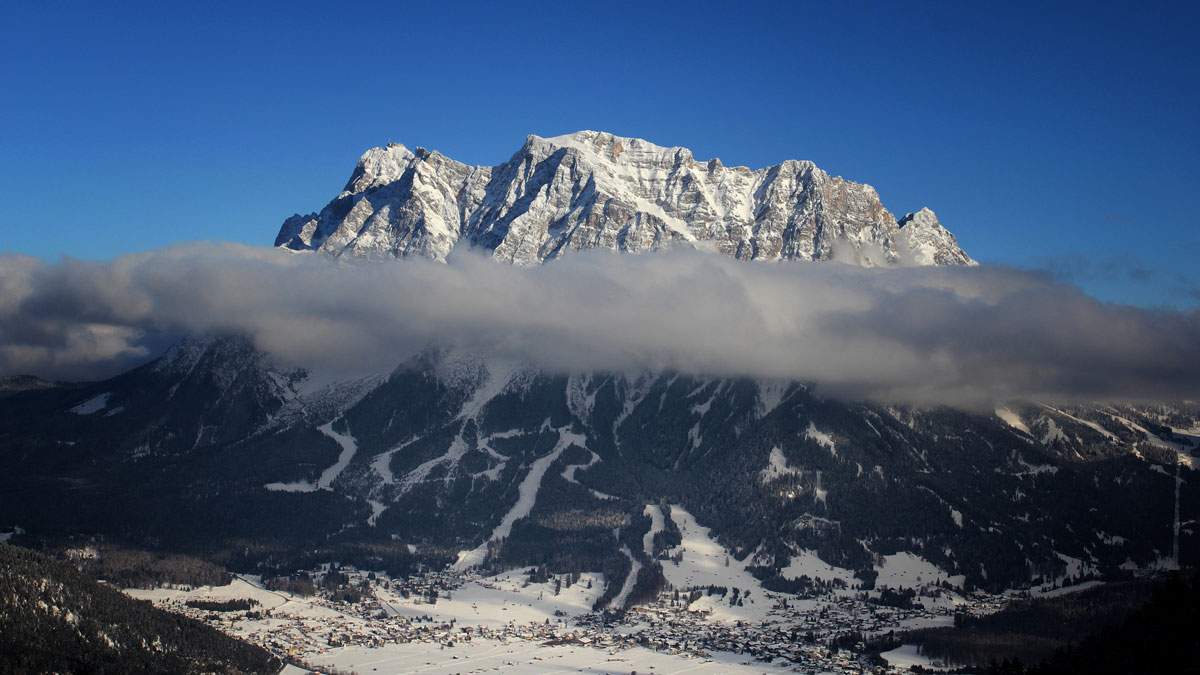Source: Geophysical Research Letters
This article also may be read in German.
The warming and thawing of permafrost in response to rising temperatures are increasingly destabilizing rock slopes, causing more occurrences of rockfall in recent years. This trend is expected to continue, raising concerns that these hazards could damage expensive infrastructure and disrupt settlements in permafrost regions, including the European Alps.
Obtaining the data necessary to monitor permafrost degradation, however, has been limited by the substantial costs and demanding logistics of the standard tools, such as borehole monitoring and active geophysical imaging. In a new study, Lindner et al. investigate the potential to use less expensive passive seismic techniques for long-term permafrost monitoring.
The researchers analyzed continuous ground vibration data from a single seismic station originally installed for earthquake monitoring atop 2,962-meter-high Zugspitze, Germany’s highest peak. They analyzed seismic waves generated by cable cars ascending the peak to reveal seasonal variations in seismic velocity as well as an overall decrease in velocity during the observation period, which spanned 2006–2021.
The scientists then compared these observed changes with meteorological data, borehole monitoring data, and electrical resistivity tomography studies. The results indicate that the seasonal fluctuations were caused by freeze-thaw cycles, whereas the long-term seismic velocity decrease was the result of gradual permafrost degradation.
The findings suggest that passive seismology constitutes a promising new approach to continuously monitoring permafrost. According to the authors, future studies should investigate whether denser instrumentation can provide more detailed information about permafrost decay as well as explore additional applications of passive seismic monitoring to environmental questions of broad relevance. (Geophysical Research Letters, https://doi.org/10.1029/2021GL094659, 2021)
—Terri Cook, Science Writer

